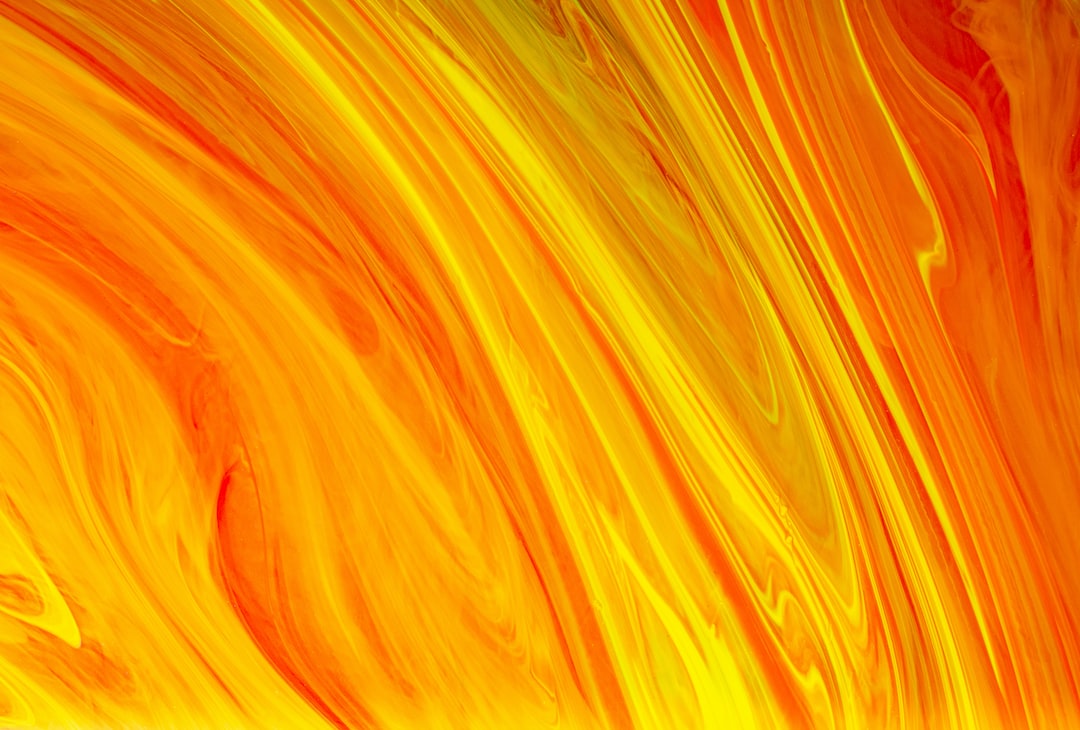The Fascinating World of Ceramic Art: Tradition and Innovation
Ceramic art combines elements of both tradition and innovation to create a unique and captivating form of artistic expression. With a history dating back thousands of years, ceramic art has evolved over time, yet still retains the essence of its ancient roots. From ancient pottery to contemporary sculptures, ceramic artists have continued to push the boundaries of their craft, captivating viewers with their creativity and skill.
Ceramic art has its origins in ancient civilizations such as China, Egypt, and Mesopotamia. As one of the oldest art forms, ceramic art has played a significant role in human history, serving both practical and artistic purposes. From functional vessels used for storage and cooking, to ornamental objects and religious artifacts, ceramics have been an integral part of human culture throughout the ages.
One of the most remarkable aspects of ceramic art is the diverse techniques and styles that have emerged across different cultures. From the intricate blue and white porcelain of China to the vibrant and colorful majolica pottery of Italy, each culture has developed its own distinctive ceramic traditions. These traditions have been passed down through generations, preserving the knowledge and techniques of the past.
In recent years, ceramic art has experienced a resurgence in popularity, with artists worldwide experimenting with new materials, techniques, and forms. One such innovative technique is the use of 3D printing, allowing artists to create complex and intricate ceramic sculptures that were previously impossible to achieve. This fusion of technology and traditional craftsmanship has opened up new possibilities for ceramic art, pushing the boundaries of what is considered possible within the medium.
Contemporary ceramic artists have also embraced the concept of installation art, using ceramics as a means to create immersive and experiential environments. These installations often blur the lines between sculpture, architecture, and design, transforming spaces into multi-sensory experiences. Artists such as Rebecca Warren and Ron Nagle have pushed the limits of ceramic sculpture, creating visually striking and thought-provoking works that challenge our perception of the medium.
The versatility of ceramics is another fascinating aspect of this art form. From delicate porcelain to robust stoneware, ceramics can take on a wide range of textures, finishes, and colors. The ability to manipulate clay and glazes allows artists to experiment and create unique effects, adding depth and complexity to their creations. Whether it is the subtle crackle of a glaze or the tactile nature of a textured surface, ceramics have a tactile quality that engages the senses in a way that few other art forms can.
Ceramics also has a rich history of narrative storytelling. Throughout the ages, artists have used clay to depict scenes from mythology, folklore, and everyday life. These narrative ceramics not only serve as a visual representation of stories but also capture the essence and emotions of the subject matter. From ancient Greek vases depicting heroic tales to contemporary ceramic sculptures exploring social issues, storytelling remains an integral part of ceramic art.
Furthermore, the tactile nature of ceramics allows for a deeper connection between the artist and the viewer. Unlike other art forms that are purely visual, ceramics invite touch, encouraging viewers to explore the form and texture of the artwork. This physical interaction adds another layer of intimacy to the viewing experience, creating a profound connection between the observer and the artwork.
In conclusion, the world of ceramic art is a truly fascinating one, combining tradition and innovation to create a diverse and captivating art form. From its ancient origins to its modern interpretations, ceramics continue to captivate viewers with its versatility, tactile qualities, and narrative storytelling. As new technologies and techniques emerge, the future of ceramic art looks bright, promising even more innovative and breathtaking creations. Whether it is a beautifully crafted vase, a thought-provoking sculpture, or an immersive installation, ceramic art continues to push boundaries and inspire awe, making it a truly unique and enchanting art form.

